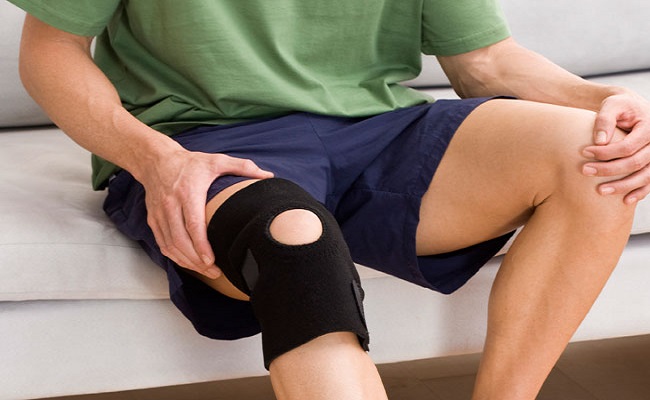
Washington: Genicular nerve radiofrequency ablation is a minimally invasive treatment for knee pain caused by osteoarthritis of the knee that can significantly reduce pain, especially for adults who are 50 and older, according to the researchers. This study is the first to look at patient features, previous surgery history, and other clinical traits that might indicate how much pain is reduced following therapy.
The new research will be presented at the Society of Interventional Radiology Annual Scientific Meeting in Phoenix. "We know this treatment has clear benefits in reducing pain and improving the ability to do everyday activities for patients," said Kaitlin Carrato, M.D., chief resident in interventional radiology at MedStar Georgetown University Hospital. "But now that we know it's particularly helpful for those over 50 years old, it may mean that those with chronic pain conditions, like arthritis, would benefit more from this treatment than patients suffering acute pain, such as an injury."
Interventional radiologists perform genicular nerve radiofrequency ablation by image guidance to place probe needles next to the nerves of the knee that can send pain signals to the brain. The probes generate radio waves, creating a ball of heat to dull or destroy the pain nerve endings. These nerves do not control muscles or affect balance, making the procedure safe. Furthermore, patients leave with Band-Aids, not stitches. The treatment in other studies has been shown to last for approximately six months to up to two years.
The study examined pain reduction for 36 patients using the visual analog scale (VAS) and the Western Ontario McMaster Universities Osteoarthritis (WOMAC) pain scale. Researchers evaluated whether pain reduction levels were influenced by demographics and clinical characteristics, such as age, gender, body mass index, history of prior surgery and history of fibromyalgia.
Before treatment, patients had a mean baseline VAS of 8.58 and a mean baseline WOMAC of 66.6. After treatment, all study participants experienced a statistically significant reduction in pain. The mean VAS of 8.58 decreased to 5.02, while the mean WOMAC score decreased from 66.6 to 41. The greatest increase in functionality and decrease in pain was recorded for patients 50 and older compared to younger participants.
"Roughly one in four U.S. adults have knee pain," said John B. Smirniotopoulos, M.D., an interventional radiologist at MedStar Georgetown University Hospital. "This treatment can offer many of those people a chance to enjoy everyday activities and regain a higher quality of life by decreasing the pain that they experience on a daily basis." (ANI)







